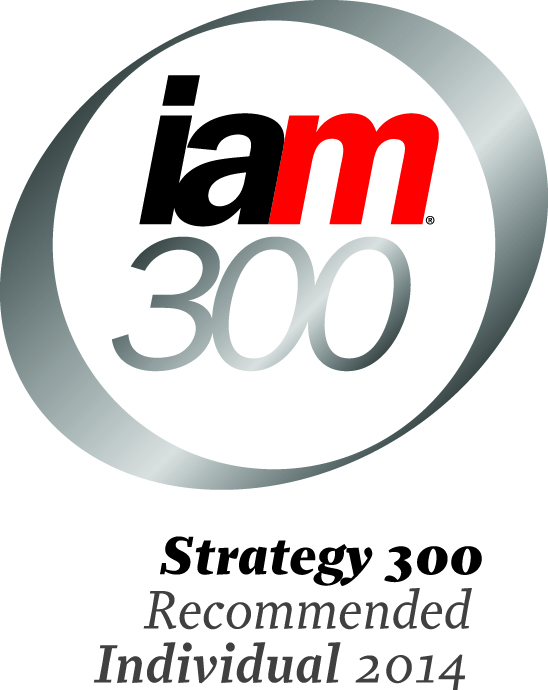IPBC wrapup – on Talent and Structure
After 3 days of discussing business + IP at the IP Business Congress in Amsterdam, many themes and talking points emerged, which Joff highlighted in his wrap-up summary post on the IAM website.
However there is always the question “How do I translate something into a digestible point that ventures can consider and implement?” For startups and smaller ventures there is always a starting point of IP in their business, and there was at least two were foundational points agreed on by multiple CIPO’s that came out that can be considered as key by all stages of ventures: IP talent & IP organizational structure.
On the IP Talent I would summarize the key point as follows: The IP team as a pure talent base for filing patents will add little overall value to the business. Several of the panelists working for Philips as well as Daimler repeated the point that building a business focused patent portfolio requires the team to get out of their offices to understand the business and be able to apply their IP skills into protecting the marketplace, not just the inventor products. With this type of approach the IP team can have a more realistic 5 year view compared to marketing with landscaping and other IP strategic tools.
#ipbc14 Most important thing an IP Dept can do is focus on the business, and talk with business in their language – Jako Eleveld @philips
— Peter Cowan (@noremacc) June 23, 2014
Christian Hahner, Daimler – to build a world class IP group: IP attorneys also have to be business managers, not just prosecution #IPBC14
— Peter Cowan (@noremacc) June 23, 2014
But simply having a business savvy IP team is not enough – there has to be an organizational structure that allows for execution of a defined IP strategy. Brian Hinman, CIPO for Philips, lobbied that the CIPO should report to the CEO or the Chief Strategy Officer, as the IP decisions are truly a business decision that needs made. Another leading CIPO noted that even though litigation is part of his role, business licensing and strategy discussions take a large amount of time during the week as well, so a pure reporting structure within legal does not make sense.
Daimler IP head Christian Hahner – our experience is that to deliver the most value to the business IP has to be held centrally #IPBC14
— IAM magazine (@IAM_magazine) June 23, 2014
I feel that CIPO should report to company business leaders, not GC. Every decision we make is a business decision. Hinman #IPBC14
— Sterne Kessler (@SterneKessler) June 24, 2014
@Philips CIPO reports directly to chief strategy and innovation officer #IPBC14
— IAM magazine (@IAM_magazine) June 23, 2014
Overall to leverage the foundations of IP talent & IP organizational structure, they really must be jointly considered. Many smaller ventures & startups can take a lesson in this – it is much simpler to setup the structure & IP frameworks as part of the business discussions early on than it is to make changes once the venture is large. Philips, one of the benchmarks for having a visionary IP structure, was hinted at when the CEO, Frans van Houten, spoke about their IP team “act as truly trusted, strategic counselors.” and that this aproach has given them success.
I will simplify it for ventures by saying combine business, IP, and R&D thinking together. The change may not happen overnight, as the world class IP structure that Ruud Peters built took 15+ years of growing and tweaking, but the foundational pieces of at least talent and operational reporting will reap benefits as a venture grows over time.

